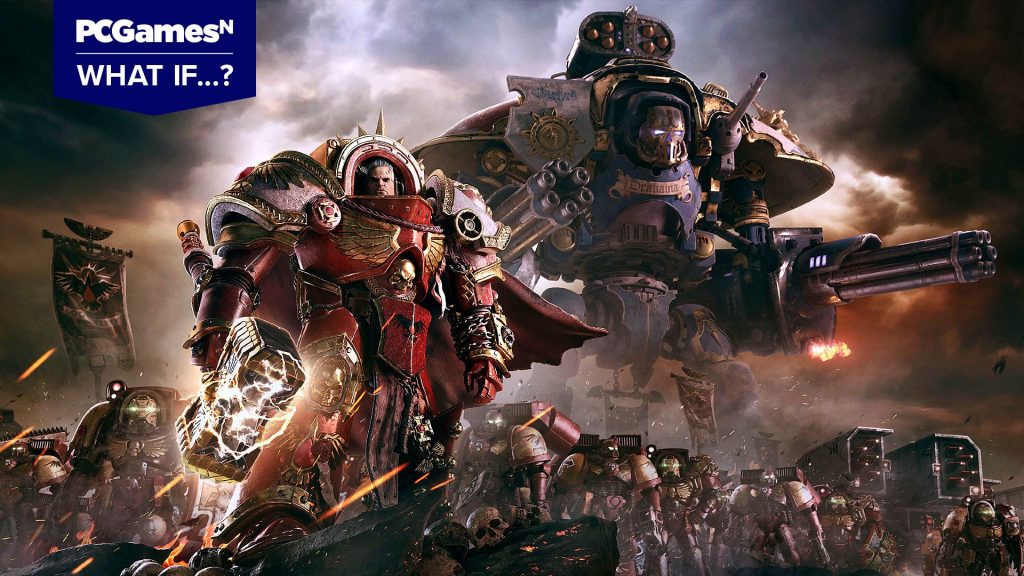
The butterfly effect, as we all know by now, is a principle established by the philosopher and chaos theorist Ashton Kutcher. A butterfly flaps its wings on one side of the globe, some suburban kids have bad childhoods on the other. Groundbreaking movie.
But let’s take that philosophical theory and replace the movement of an insect’s wings with consumer behaviour circa March 2011. In an alternate reality that we’re realising with the force of our combined imaginations, THQ’s Homefront was quite good. Not stellar, you understand – just a decent shooter, up there with the medium-good Call of Dutys. The kind of game that hoovers up review scores in the low to mid 80s, hangs about in the charts for a while, then fades from memory.
In that other dimension, THQ’s share price doesn’t drop 27% in the immediate aftermath of Homefront’s release. Despite making a massive investment in the game, its financials are stable because the metascore of 81 is leading to decent sales. And that means there’s way less pressure on Homefront’s stablemate, uDraw.
RELATED LINKS: Dawn of War 3 PC review, Dawn of War 3 – everything we know, Dawn of War 3 campaignOriginal Article
